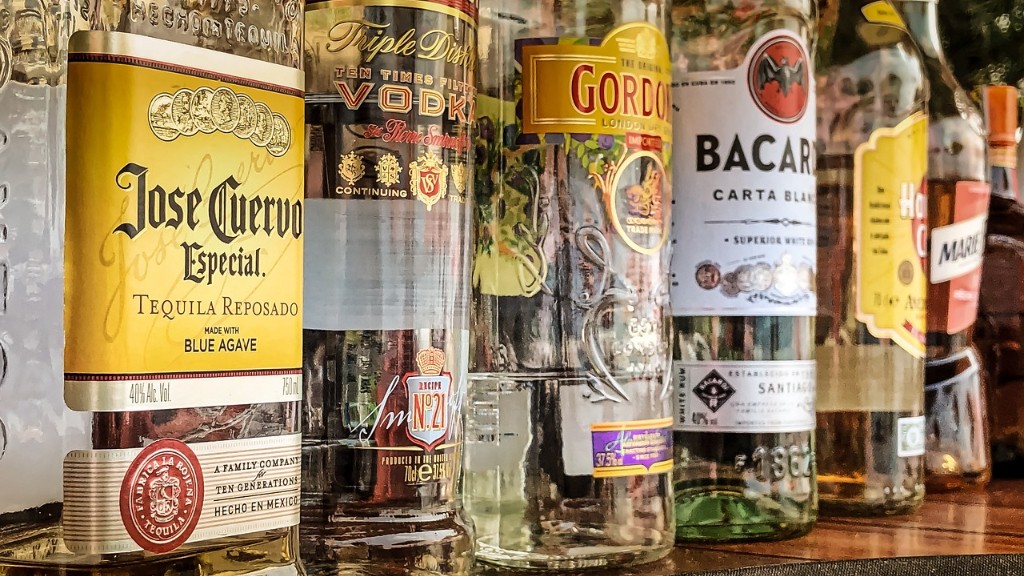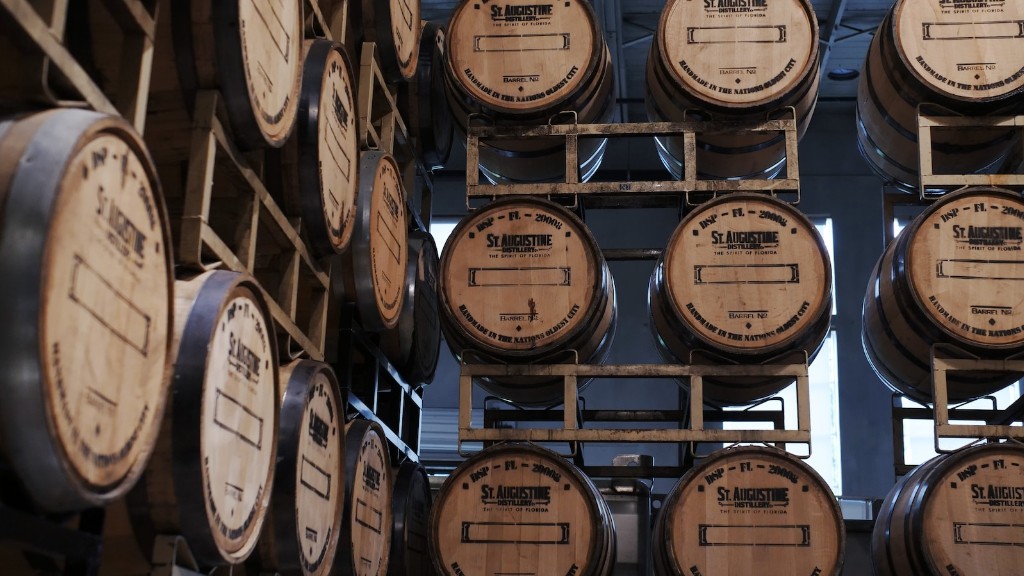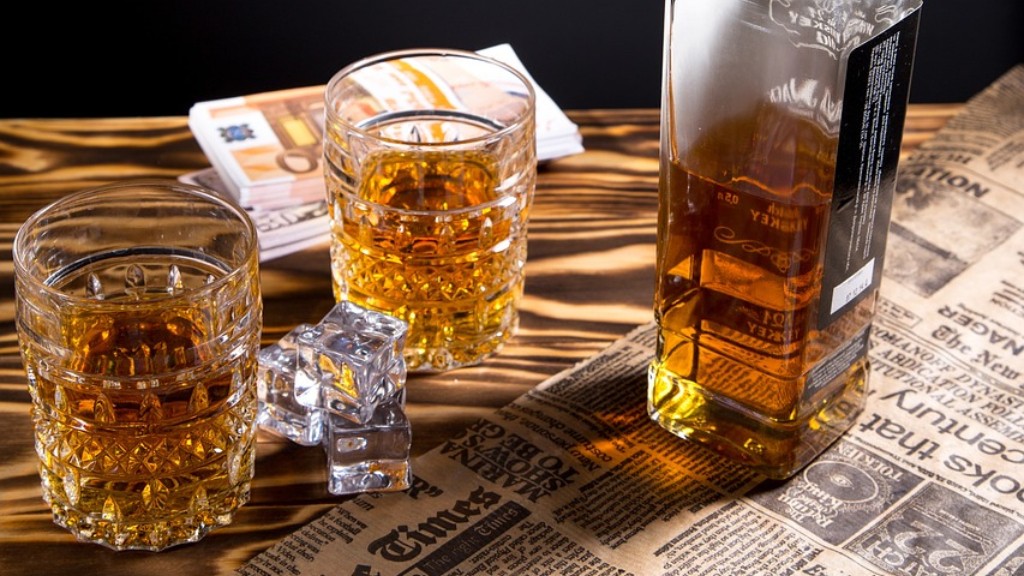Barley: the Basics
Whiskey, scotch, and bourbon all bring to mind the same thing: a dark, complex flavor with a kick. But did you know that all whiskey is essentially the same in its molecular make-up? The primary difference lies in the process of distillation. The key ingredient? Barley. But how much barley is necessary to make whiskey?
It turns out it takes a lot. To craft a smooth tipple, it takes around 10 pounds of grain – in total! Before the grains are distilled, they must first be milled, or ground down to a fine powder. This is known as grist, and it is added to a mash – a mix of grist and hot water – to extract the sugar and ferment into alcohol.
The amount of barley used in each Distillery is unique, and often recipe-specific. Yet just as with other recipes, there is a starting point. Most distilleries use a two-barley mash ratio of 25-50% malted barley which contains the enzymes needed to turn the starches in the barley and other grains into sugar and alcohol. Without malted barley, you cannot make whiskey – or any other type of alcohol.
Barley: the Benefits
Barley is an essential ingredient and foundation for whiskey, adding complexity and mouthfeel to the end result. As a cereal grain, barley is made of starches, proteins, and vitamins B and E. It also contains the essential amino acid lysine, which helps metabolize fatty acids and serve as a source of energy for heated mash.
As the starches begin to break down, they release maltose, a sugar used by yeast cells to create alcohol. This is why malt is so integral in making whiskey at its root. The type of grain is also important – barley is the most common, but rye, wheat or maize can also be used.
The type of barley used for whiskey influences its flavor. Lesser-quality grain will produce warmer whiskey with a more acidic flavor, while the best barleys are said to create a smoother whiskey with a richer, fuller flavor. And just as in baking, specific recipes can be crafted from the percentages and types of grain used.
Barley: Aging and Flavoring
But the process of whiskey-making does not stop when the alcohol is distilled. Certainly, it is the alcoholic liquid that is used to make whiskey, but there is more to it than that. The liquid must be aged in oak barrels, and this can take many years. The aging process influences the color and flavor of the whiskey, as does the type of wood used for the barrels.
Barrels may also be charred or toasted, and this adds another level of flavor complexity. Different toasting techniques will result in flavors like sweetness, grain, spice, coconut, and cocoa. Not to mention the aging period, which generally ranges from one to 10 years.
The finishing touches can come in the form of added flavorings. These add smoothness and complexity as the natural elements combine and are allowed to cure. Some of the standard flavorings used include honey, vanilla, citrus, cinnamon, and brown sugar.
Barley: The Final Result
Barley is the primary base of whiskey and is largely responsible for the flavor. Although it takes a lot of it to create a bottle, distillers have the flexibility to adjust the quantities and types to play with the flavor profile. By adding various flavorings, toasting and aging the liquid, distillers can craft truly unique whiskeys.
Grains are the first step in whiskey production and just the beginning of the journey. A larger distillery may buy malted barley in droves, while smaller distilleries may even mill it on-site. But it all starts with the grains – and how much is necessary to make whiskey.


